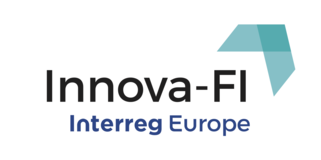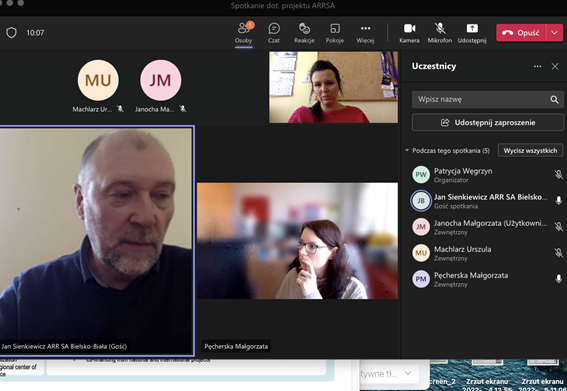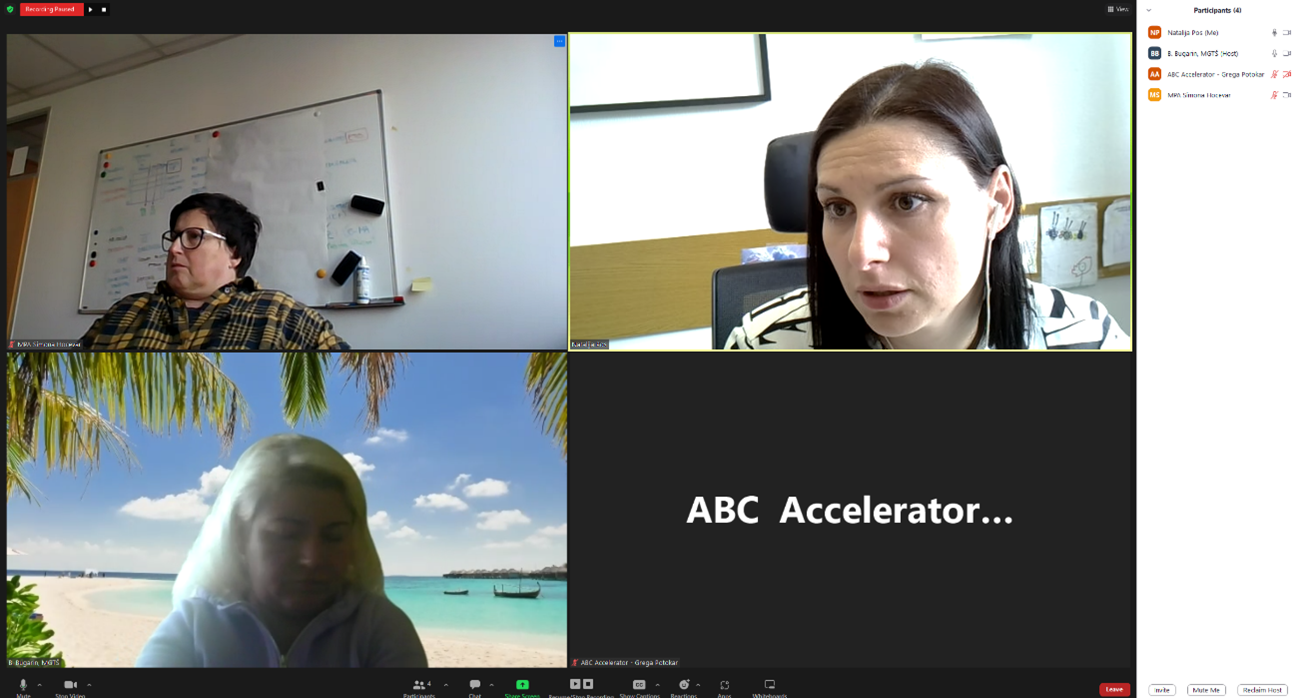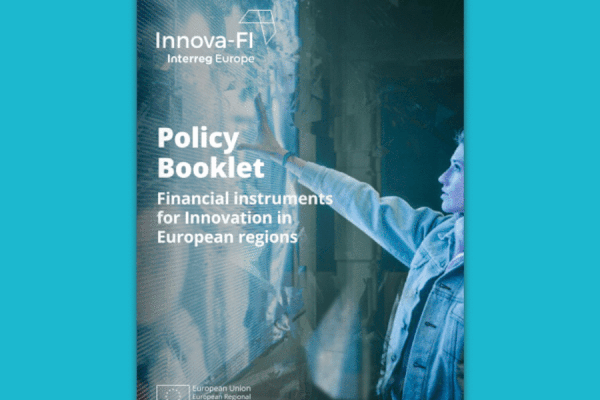The EU has just agreed on new regulations to govern crypto-asset markets to increase transparency for investors while still allowing for innovation.
Crypto markets are becoming an increasingly important element of the worldwide financial system, bringing risks for investors, market integrity, potential financial stability, and new possibilities for innovation.
Co-legislators achieved a provisional agreement on the Markets in Crypto-assets Regulation (MiCA) on June 30th, intending to protect consumers, market integrity, and financial stability.
MiCA establishes standard rules for crypto-assets in the EU, the first framework of its kind in the world.
The MiCA framework applies to the issuance of crypto-assets that are not currently regulated by existing EU financial laws, as well as suppliers of crypto-asset-related services. A national responsible authority will need to authorize crypto-asset service providers.
While primarily requiring openness and transparency when creating 'unbacked' crypto-assets, MiCA imposes tighter obligations on issuers of 'stablecoins.' Stablecoins of both forms (asset-referenced tokens and e-money tokens) require authorization and must be registered in the EU. Most notably, both include a reserve requirement, which implies that the issuer must have in reserve the same asset as their reference and the same amount as the entire number of crypto-assets produced.
Because algorithmic coins do not match these characteristics, they can only be promoted as broad, 'unbacked' crypto-assets. These crypto-assets would be unable to claim that their value is linked to a national currency.
Asset-referenced tokens are stablecoins that promise to be stable in relation to other assets, such as fiat currencies, commodities, or other crypto assets. Asset-referenced token holders will have redemption right against the issuer, hence asset-referenced tokens must be completely backed by a reserve of assets and subject to prior permission and supervision.
Significant asset-backed and e-money tokens will be subject to strict EU oversight carried out by the European Banking Authority (EBA), boosting confidence and lessening the possibility of market volatility.
Moreover, MiCA will provide enough protection for all consumers who purchase, sell, and transfer crypto-assets through authorized exchanges, wallets, and trading platforms. MiCA includes several measures to increase transparency in crypto markets, such as the publication of crypto-asset white papers that inform potential holders of the characteristics of the issued crypto-asset, the publication of data on the number of tokens in circulation every month, and the mandatory commissioning of independent reserve asset audits.
Consumers who purchase crypto-assets other than asset-referenced tokens and e-money tokens will be offered a 14-day right of withdrawal. Crypto-asset service providers will also be held accountable if they misappropriate investor cash.
Finally, MiCA will require crypto-asset issuers and trading platforms to provide information regarding the environmental effect of the crypto-assets they offer.
To ensure crypto transactions don't fuel money laundering or terrorism, the EU has prioritized the Transfer of Funds Regulation (TFR), which is part of the July 2021 Anti-Money Laundering package, to synchronize development on both MiCA and TFR.
On June 29, a provisional agreement on the TFR was achieved. The new regulations will force crypto-asset service providers to give more specific information on the sender and beneficiary in crypto-asset transfers. The TFR recast imposes no technological solution on operators of crypto-asset transactions, aiming at making it more "future-proof."
With these new rules, the EU and its member states will also have a legal framework that is fully compliant with international standards on crypto-asset traceability, specifically the Financial Action Task Force's "travel rule" standards, and could serve as a model for other national and international jurisdictions that are still working to implement them.













